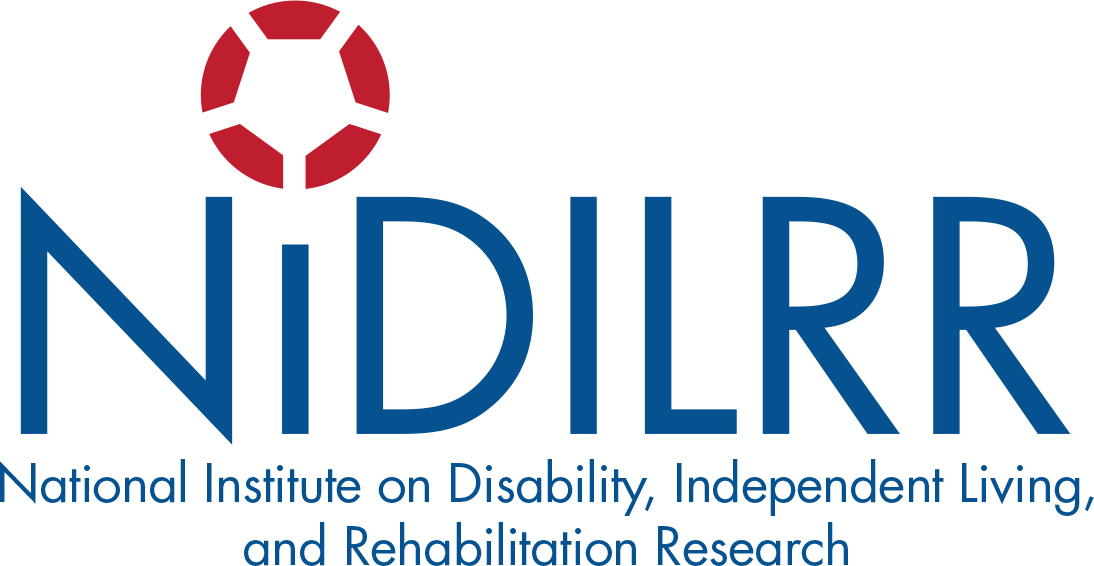- A particularly useful screen for depression is the Patient Health Questionnaire-9 (PHQ-9 in PDF), a brief depression screen comprised of 9-items that correspond to the DSM-IV criteria for depression and is commonly used and studied in SCI. However, results from the PHQ-9 and other brief screens of depression must be interpreted with care (PHQ-9 Instruction Manual in PDF). Endorsement of any somatic symptoms of depression (sleep disturbance, reduced appetite, etc.) can be misleading, as such symptoms commonly follow SCI, particularly in the first few months following injury.
- Self-report measures of depression should never be used alone in diagnosing depression. Rather, screening tools should serve to alert the clinician and patient endorsement of screening items should be discussed by physician with the patient for clarification. For example, if a patient endorses insomnia, further questioning can determine if this is due to SCI-related pain or depressed mood.
Summary of Recommendations (below) offered in Depression Following Spinal Cord Injury (PDF), Clinical Practice Guideline published by the Paralyzed Veterans of America and the Consortium for Spinal Cord Medicine.
Assessment
- Perform routine screening for depression during the individual’s initial visit and annually thereafter. Self-report measures of depression may be helpful in screening psychological status, but should never be used without a clinical interview to establish the existence or absence of a depressive disorder.
- Assess the individual for the presence of the following general risk factors for depression:
- Prior episodes of depression
- Family history of depressive disorder or bipolar disorder
- Family history of suicide attempts
- Current suicidal ideation
- Age of onset under 40
- Chronic pain
- Female gender
- Lack of social support
- Postpartum
- Multiplicity of life stressors
- Concurrent medical illness
- Concurrent substance abuse
- Assess individuals with spinal cord injury for the specific risk factors of depression, including:
- Complete neurologic injury
- Medical comorbidity, including but not limited to traumatic brain injury (TBI)
- Assess the individual for signs and symptoms of depression and potential for suicide during a history and physical examination.
- Identify the biological factors that may cause or contribute to depression, including the following physiological factors:
- Biological effects of SCI, such as fatigue, anorexia, sleep disturbance, decreased energy
- History of mood disorder
- Family history of mood disorder
- Presence of a general medical condition that may cause or contribute to depression
- Presence of medications or drugs that may cause or contribute to depression
- Conduct a comprehensive assessment of the social factors specific to spinal cord injury that contribute to depression to evaluate the adequacy of the individual’s social support system in meeting basic needs and to determine the presence of depression in response to an inadequate support network. Specifically, the assessment should include but not be limited to:
- The individual’s social network, including family members, friends, and community organizations
- The individual’s financial resources
- Vocational and avocational interests and issues
- Current living arrangements, including wheelchair accessibility
- Adaptive equipment needs and resources
- Personal assistance needs and resources
- Transportation needs and resources
- Assess the psychological factors specific to spinal cord injury that contribute to depression, including the following:
- Coping style
- Self-blame for the injury
- Unresolved conflicts from previous losses or traumas
- Preinjury psychological or psychiatric impairment
- Cognitive style
- Grief and bereavement from SCI
Diagnosis
- Use established diagnostic criteria to diagnose depression.
- Identify the mental health factors that indicate referral to the appropriate mental health provider including:
- Active suicidal ideation
- Psychotic depression
- Bipolar disorder
- Complex psychiatric diagnoses such as depression that are associated with post-traumatic stress disorder, obsessive-compulsive disorder, eating disorder, schizophrenia, schizophreniform disorder, schizoaffective disorder, and personality disorders
- Persistent substance abuse complicating the diagnosis and/or management of depression (especially when detoxification or more intensive treatment beyond a 12-step program is needed)
References
Depression Following Spinal Cord Injury (PDF), Clinical Practice Guideline published by the Paralyzed Veterans of America and the Consortium for Spinal Cord Medicine.
Bonanno GA, Kennedy P, Galatzer-Levy IR, Lude P, Elfström ML. Trajectories of resilience, depression, and anxiety following spinal cord injury. Rehabil Psychol. 2012 Aug;57(3):236-47.
Schönenberg M, Reimitz M, Jusyte A, Maier D, Badke A, Hautzinger M. Depression, Posttraumatic Stress, and Risk Factors Following Spinal Cord Injury. Int J Behav Med. 2012.
Bombardier CH, Richards JS, Krause JS, Tulsky D, Tate DG. Symptoms of major depression in people with spinal cord injury: implications for screening. Arch Phys Med Rehabil 2004;85:1749-1756.
Elliott TR, Frank RG. Depression following spinal cord injury. Arch Phys Med Rehabil 1996;77(8):816-823.
American Psychiatric Association: Diagnostic and Statistical Manual of Mental Disorders, 4th Edition, Text Revision. Washing ton DC, American Psychiatric Association, 2000.
Tate DG, Forchheimer MB, Maynard F, Dijkers M. Predicting depression and psychological distress in persons with spinal cord injury based on indicators of handicap. Am J Phys Med Rehabil, 1994;73:175-183.
Herrick S, Elliott TR, Crow F. Social Support and the prediction of health complications among persons with spinal cord injuries. Rehabil Psychol 1994;39:231-250.
S Mehta, S Orenczuk, K T. Hansen, J L. Aubut, S L. Hitzig, M Legassic, R W. Teasell. An Evidence-Based Review of the Effectiveness of Cognitive Behavioral Therapy for Psychosocial Issues Post Spinal Cord Injury. Rehabil Psychol. 2011 February; 56(1): 15–25.
